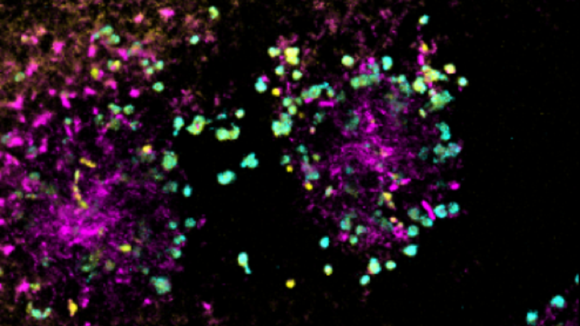About the Guest Editors
 Miguel Camara is Professor of Molecular Microbiology and Co-Director of the National Biofilm Innovations Centre, School of Life Sciences at the University of Nottingham, UK. His research interests focus on quorum sensing signalling, mechanisms of biofilm formation, novel anticrobial target discovery and sensitising biofilms to antimicrobials. He has also been working on the identification and exploitation of biomarkers of infection in cystic fibrosis.
Miguel Camara is Professor of Molecular Microbiology and Co-Director of the National Biofilm Innovations Centre, School of Life Sciences at the University of Nottingham, UK. His research interests focus on quorum sensing signalling, mechanisms of biofilm formation, novel anticrobial target discovery and sensitising biofilms to antimicrobials. He has also been working on the identification and exploitation of biomarkers of infection in cystic fibrosis.
 Alain Filloux is Director of the Singapore Centre for Environmental Life Sciences Engineering at Nanyang Technological University, Singapore, and visiting professor at Imperial College London. He is an international leader in studying Pseudomonas aeruginosa pathogenesis who published seminal papers on the T2SS. His current work is on c-di-GMP signalling, and type VI secretion system (T6SS), the latter being a nano-weapon involved in modulating the composition of polymicrobial populations.
Alain Filloux is Director of the Singapore Centre for Environmental Life Sciences Engineering at Nanyang Technological University, Singapore, and visiting professor at Imperial College London. He is an international leader in studying Pseudomonas aeruginosa pathogenesis who published seminal papers on the T2SS. His current work is on c-di-GMP signalling, and type VI secretion system (T6SS), the latter being a nano-weapon involved in modulating the composition of polymicrobial populations.


